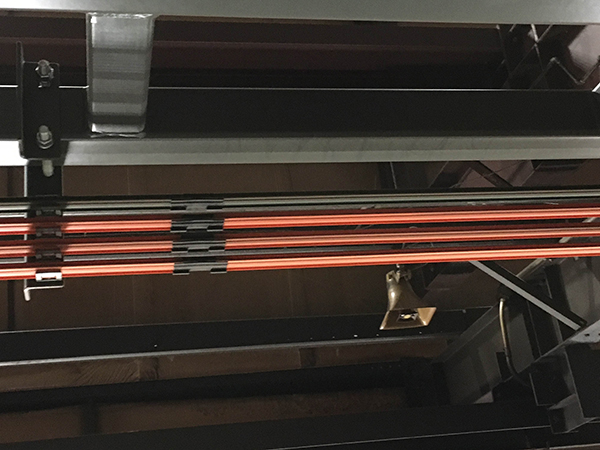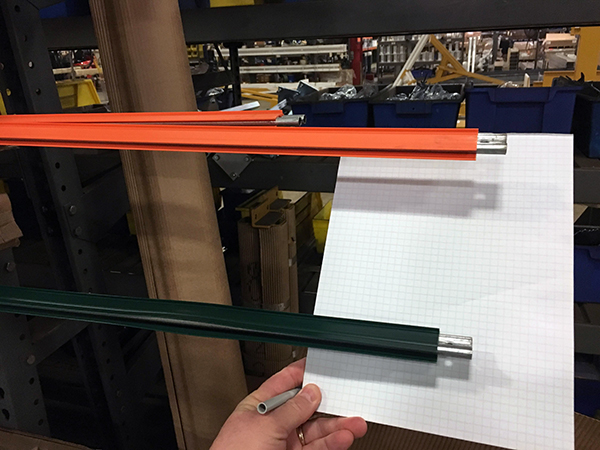Did you know that you’re required to have a fourth ground bar on your overhead crane system?
It’s been nearly 12 years since the National Electric Code (NEC) changed its requirements for overhead cranes. The newest requirement, added in 2005, mandates that all overhead cranes must have a grounded power bar or festooning. The Bureau of Labor Statistics (BLS) reported that a crane operator could potentially be electrocuted if a crane is not grounded, which is a leading cause of workplace death.
Considering that electrical or wiring methods are the sixth most common violation documented by OSHA, and that the most common electrical violation is grounding, it’s time to make sure your crane is up to standard. There is a lot of confusion around this OSHA regulation. Many facility managers believe they don’t need a ground bar if their steel bridge rail isn’t painted. Leaving the bridge rail unpainted can create a ground from the steel hoist wheels to the steel bridge rail, and that current can carry all the way to the steel bridge wheels and runway. Theoretically, this can ground the crane, but too many factors can prohibit proper grounding, and that is how people die. Bad bearings, corrosion, and dirty rails can all cause this method to fail fairly easily.
Some people believe they are protected by OSHA’s grandfather clause (1910.179(b)(2) that states that all new overhead cranes constructed and installed on or after August 31, 1971 must meet the design specifications of the American National Safety Code for Overhead and Gantry Cranes (ANSI B30.2.0-1967). Although there is a grandfather provision, it only applies to how the overhead crane is designed. It does not apply to how the crane is installed and connected in a facility. Even so, OSHA does not necessarily prohibit the use of the wheels as a grounding method, but the NEC most certainly does!
NEC Code Article 610.61 states:
The trolley frame and bridge frame shall not be considered as electrically grounded through the bridge and trolley wheels and its respective tracks. A separate bonding conductor shall be provided.
So what does that mean for you? Well, the NEC code strictly regulates that a grounding bar on the power bar or grounding wire on the festoon system is required for all overhead cranes. Because the NEC regulates this rule, OSHA hasn’t put it into their own regulations. In other words, a three bar or wire system is out of code. There are ways to retrofit your crane if you don’t want to purchase an entirely new system. For instance, a 4th conductor (the grounding conductor) can be added to the busbar system:


Contact our crane specialists
Send us a message and we will get back to you as soon as possible.